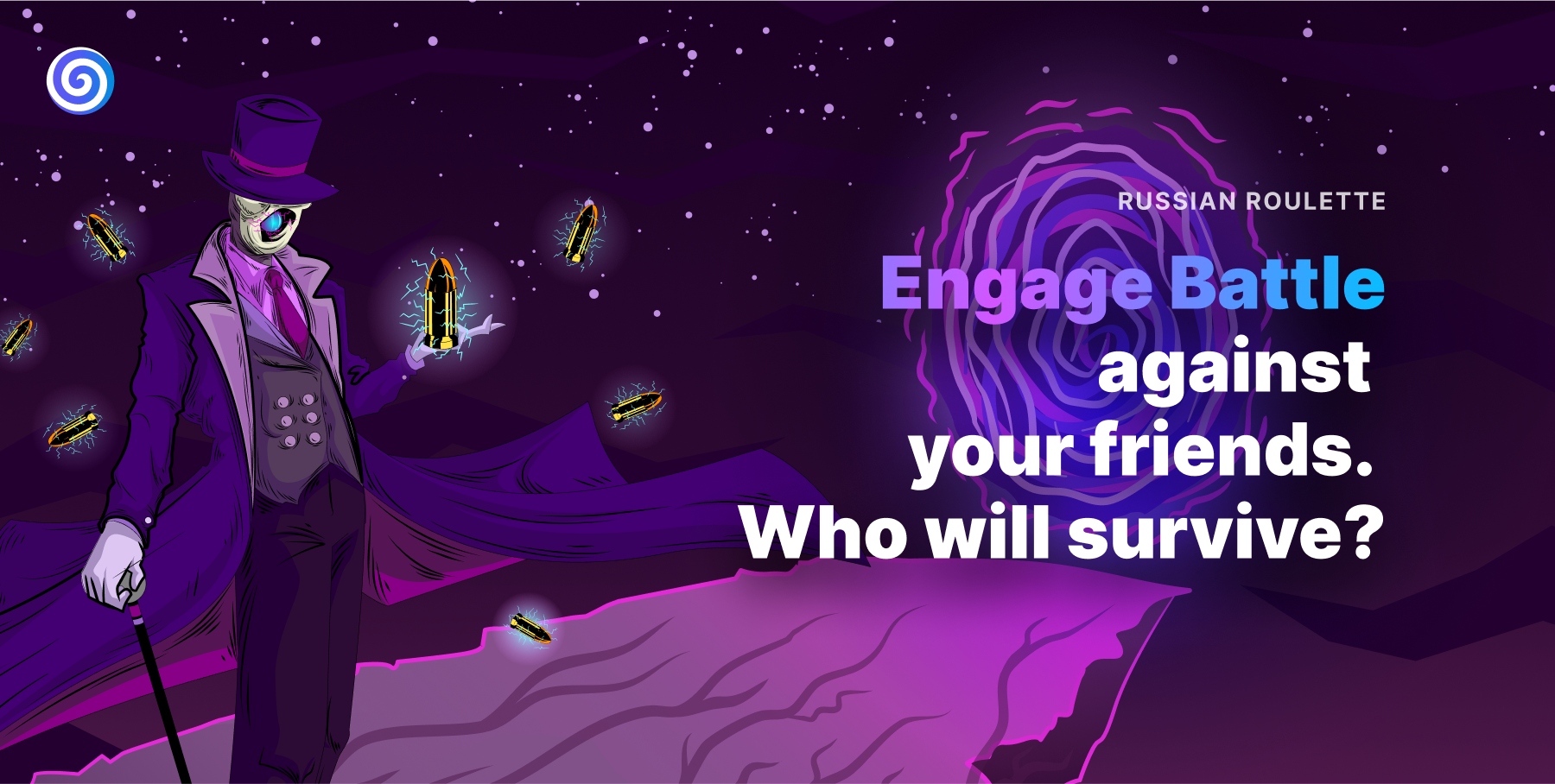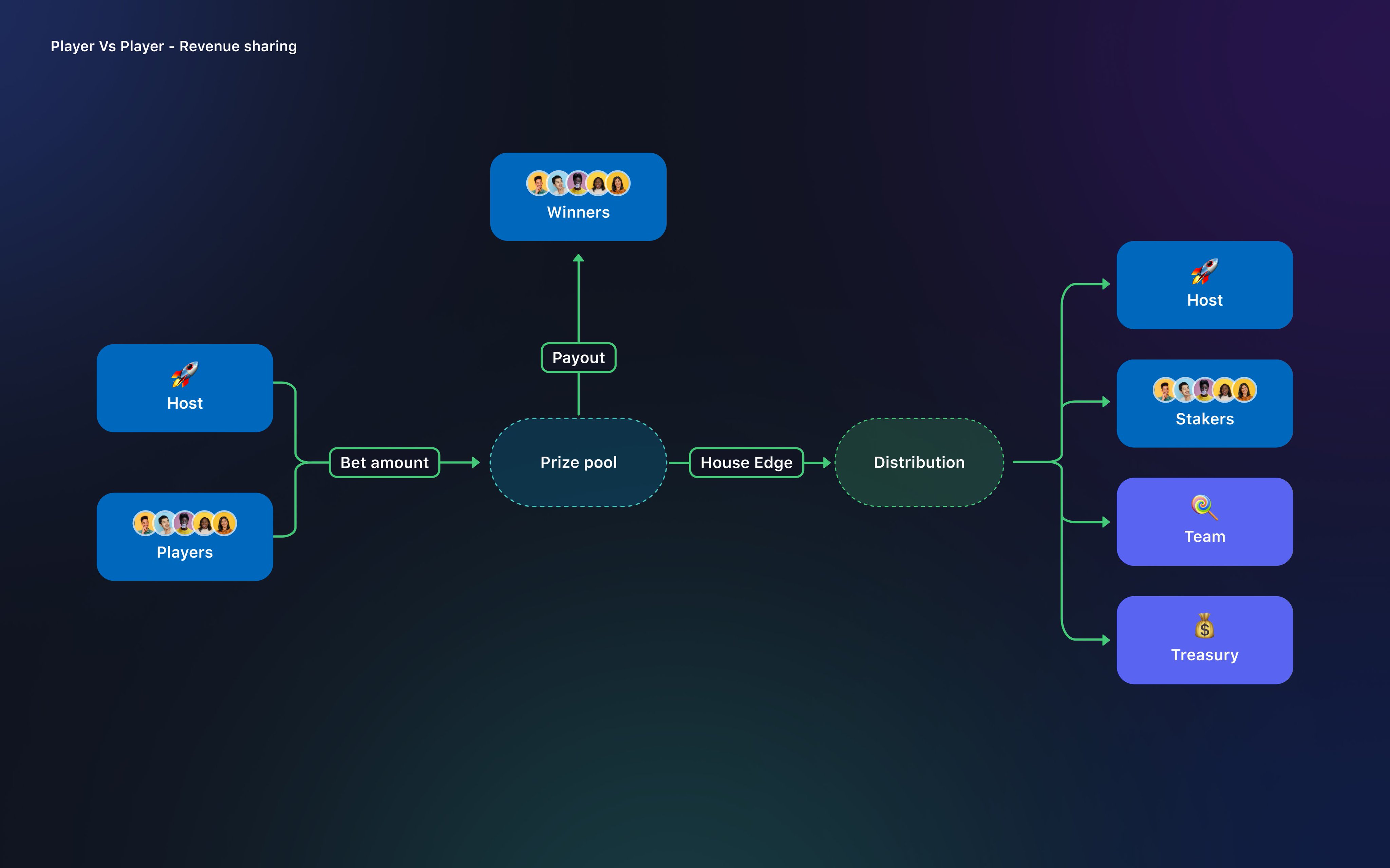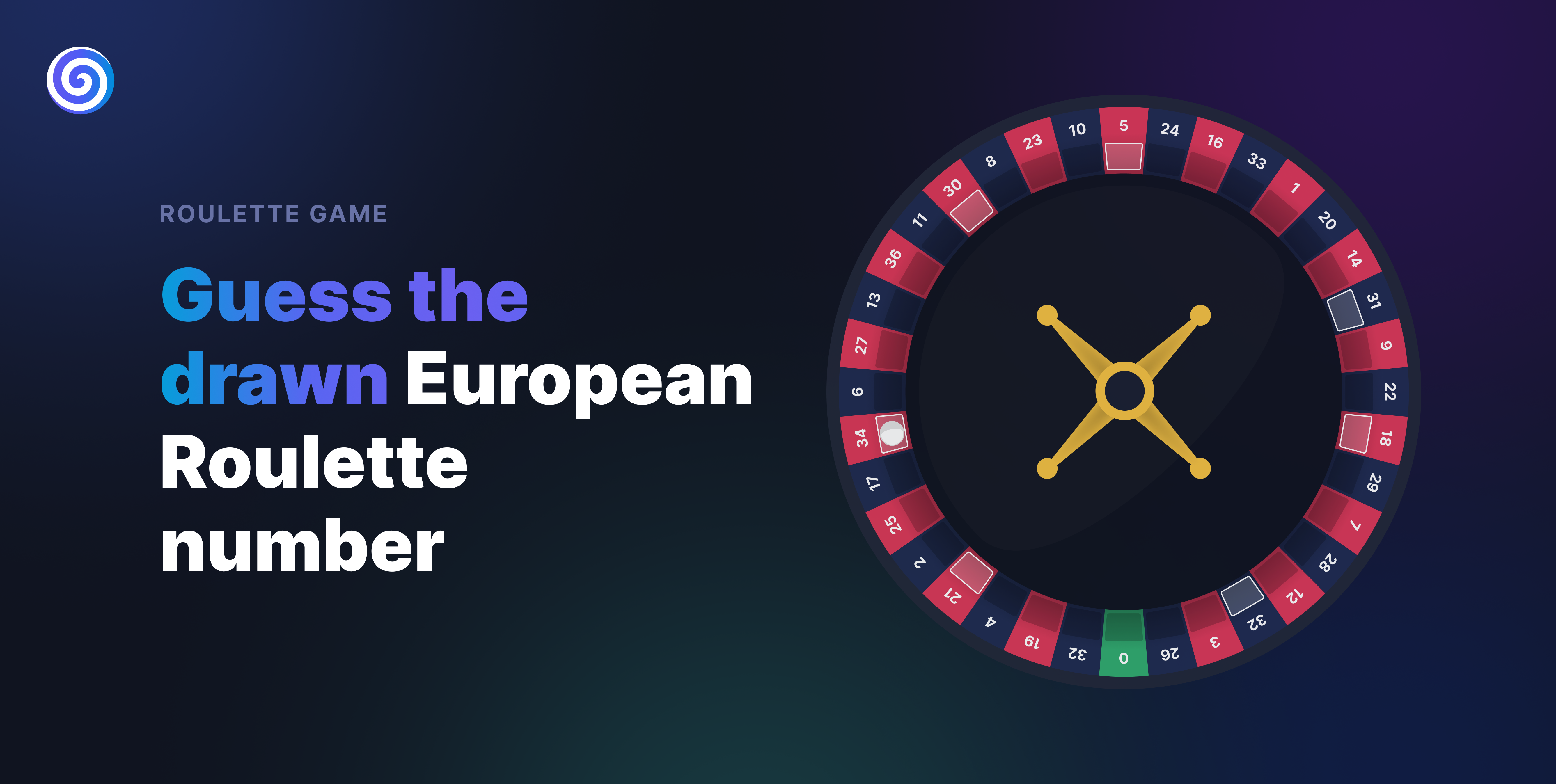🎰 Games
You have to learn the game's rules, and then you have to play better than anyone else.

Player vs Player Games
Russian Roulette

Host
- Host clicks on the “Create Russian Roulette” button.
- Host sets the game variables:
- Number of Seats: the maximum number of seats in the game. When this number is reached the game is ready to start.
- Resolution Date: At this date the game will be ready to start regardless of if the Number of Seats is reached or not.
- % of players to “kill”. The rest of the players (survivors) will share the total prize
- Buy in: token and amount
- Option of adding one or more NFTs into the prize pool that will be raffled among the participants
- Host clicks “Create” and the Russian Roulette is created on-chain. Game can only be cancelled by the Host only if there are no other players registered after him.
- Host can also choose to make his game private by turning on the “Private” button, giving him the chance to only invite specific wallets and exclude the game from public registrations.
- Host can see his created games under the tab “Mine”
Players
- Players can see all the available to register games under the tab “Live”.
- By clicking “join” they can see the lobby of the game where all the important information is included: buy in, $token, target pay-out per seat, registered/total seats, %kill rate, Resolution Date, total prize pool, NFTs added to the prize pool and participants list.
- If he wants to participate he just has to click “Join” and confirm transactions.
Resolution
Each game of russian roulette will be ready to start if “max number of seats is reached” or if the “resolution date” arrives and there are at least 2 seats registered (host + 1 other seat). At this point no more players can register and the trigger is ready to be pulled. Someone pulls the trigger and the game starts. $token and NFT prize pools are distributed to the lucky players. $Token is distributed only to the “survivors” (players who did not get “killed”) but NFT tokens can be rewarded to any of the participants (even if they got “killed”).
House Edge allocations

In order to incentivise Hosts 50% of the house-edge generated of each game that runs is allocated to the Host. This means that for each new seat registering into his game the host is guaranteed a fixed % of the buy-in regardless of the out-come.
Coin Flip battle

Host
- Host clicks on the “Create a battle“ button.
- Host sets the game variables:
- Coin side
- Buy in: token and amount
- Host clicks “Create” and the battle is created on-chain. Game can only be cancelled by the Host only if there are no opponent registered.
- Host can also choose to make his game private by turning on the “Private” button, giving him the chance to only invite a specific opponent and exclude the game from public registration.
- Host can see his created games under the tab “Mine”
Players
- Players can see all the available to register games under the tab “Live”.
- By clicking “join” they can see the lobby of the game where all the important information is included.
- If he wants to participate he just has to click “Join” and confirm transactions.
Resolution
As soon as the game is resolved, the winning player and the host could claim the payouts.
House Edge allocations
In order to incentivise Hosts 50% of the house-edge generated of each game that runs is allocated to the Host. This means that for each new seat registering into his game the host is guaranteed a fixed % of the buy-in regardless of the out-come.
Player vs House Games
Dice

The game is played with a 100 sided dice. The game's goal is to guess whether the lucky number will be above your chosen number.
1) Choose a number from 4 to 99
- Ex: I chose 82 and got a chance to multiply my bet by 5,39

2) Set your bet amount and the token (BETS, MATIC, BNB, AVAX, ETH, or partner's ERC20)
- Ex: I choose to bet 77 MATIC

- The max button calculates the max amount the bank can offer. This number is updated every time you change your dice number.
3) Press the Roll button to initiate the transaction with your wallet

Wait for a few seconds, and see if you've won...
Coin Toss

The game is played with a two-sided coin. The game's goal is to guess whether the lucky coin face will be Heads or Tails.
1) Choose Heads or Tails by clicking on the coin
2) Set your bet amount and the token (BETS, MATIC, BNB, AVAX, ETH, or partner's ERC20)
- Ex: I choose to bet 77 MATIC

3) Press the Flip button to initiate the transaction with your wallet

Wait for a few seconds, and see if you've won...
Roulette

The player may choose to place a bet on a single number, various groupings of numbers, the color red or black, whether the number is odd or even, or if the numbers are high (19–36) or low (1–18). The winnings are then paid to the player who has placed a successful bet.
You can't place bet with different amount on each number, between numbers.
In future version of the Roulette, we'll get closer to the original roulette.
Understand the statistics indications
Below each game, you will see indications to help you make a good choice. These statistics are calculated and updated each time the number chosen changes.

- 18% of win: 18% of chance to gain.
- 3% house hedge: It's the amount of the fee taken on your bet, which will be distributed to the protocol.
- Bank: 110595 MATIC: The amount of MATIC, BETS, BNB, ETH or AVAX in the bank fund. The fund will constantly increase to increase the max bet value.
- Target profit: ~415.03 MATIC: The gain if you win the bet.
- Max profit: 862.36 MATIC: The max gain the bank can offer if you set the maximum value to allow.
If you have any questions, join us and contact the team on our Telegram group.
Understand the calculate
Why the minimum dice number is 4?
As we have a house hedge of 3%, the minimum dice number to let you make a profit is 4.
What is the dice payout formula?
payout = ((bet amount * 100) / (100 - cap)) - house edge
What is the coin toss payout formula?
payout = ((bet amount * 2) - house edge)